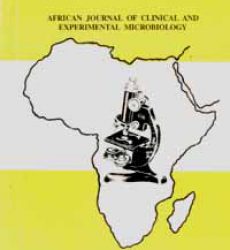*[1]Zaidi, S., [2]Amara Korba, A., [3]Bessas, A., 2Bouzenad A., 2Hamnoune, N. K., [4],[5]Hezil, Dj., and 6Bitam, I.
1Higher National Veterinary School, El Alia, Oued Smar, 1615, Algiers, Algeria
2Leptospira unit, Pasteur Institute of Algeria, Rue 1 of Doctor Laveran, Hamma Anassers Algiers, Algeria
3Department of Biology, Faculty of Sciences, University of Algiers 1 (Benyoucef Benkhedda University), Algiers, Algeria
4Research Laboratory Management of Local Animal Resources, Higher National Veterinary School of Algeria, ENSV, Algeria
5 Department of Biology, Faculty of Sciences, M’Hamed Bougara University, Boumerdes, Algeria
6Higher School of Food Sciences and Agri-Food Industries, Algiers, Algeria *Correspondence to: zaidi.ensv@gmail.com; s.zaidi@ensv.dz
Abstract:
Background: By the nature of their environment and behavior, stray cats are at risk of exposure to leptospirosis. Leptospirosis is an emerging zoonotic disease with worldwide distribution. The prevalence of leptospirosis in the feline species in Algeria is unknown. The main objectives of this study are to determine the seroprevalence and identify the most common Leptospira serovars in stray cats in the Algiers region. Continue reading “Serological study of leptospirosis in cats from Algeria”

